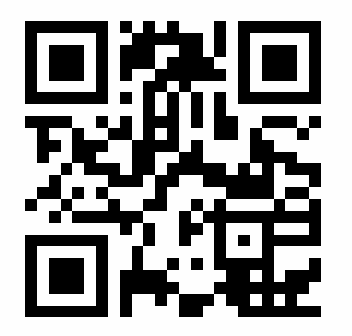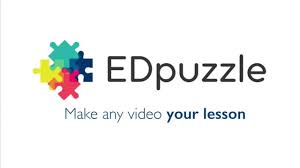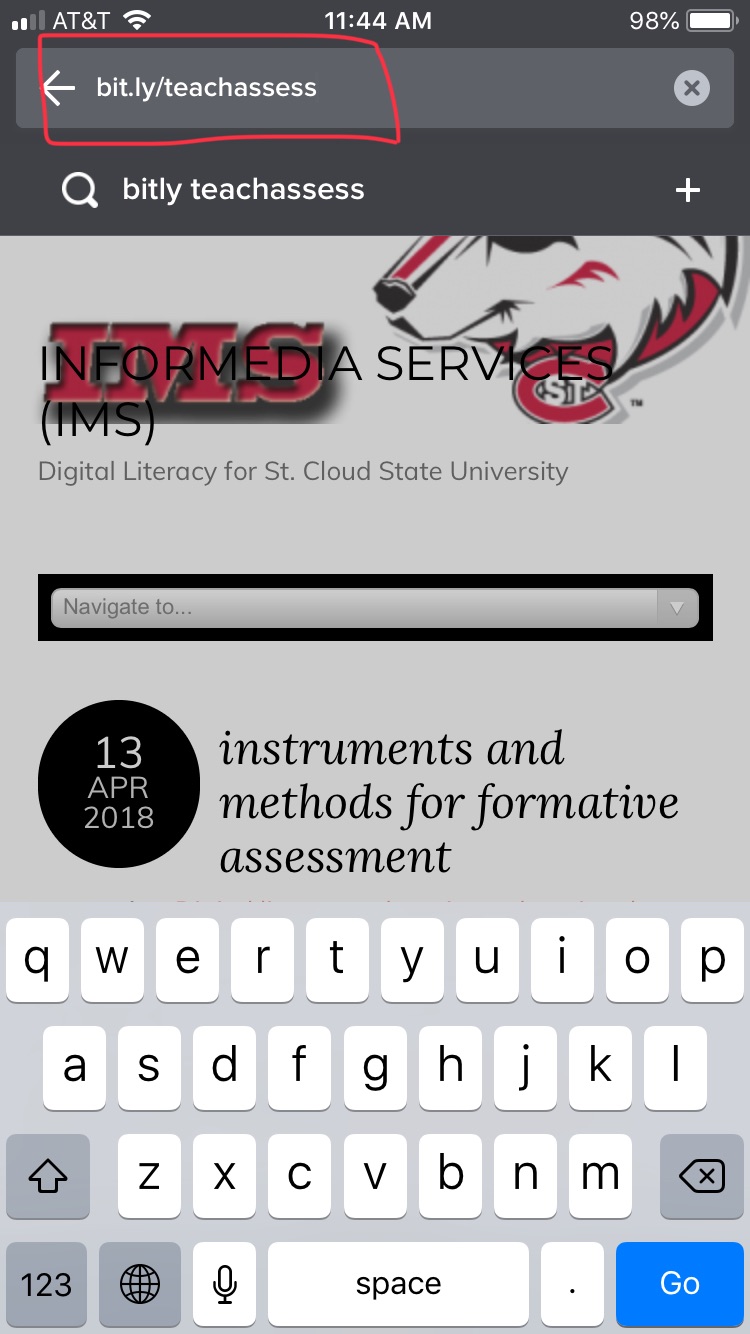Archive of ‘Library and information science’ category
instruments and methods for formative assessment
********* reserve space: register here | запазете си място: регистрирайте се тук *********
Open Discussion: Instruments and Methods for Formative Assessment: by invitation of teachers from Plovdiv region | Тема: Инструменти и методи за актуални училищни занятия
Where | Къде: СУ „Димитър Матевски“ https://goo.gl/maps/rojNjE3dk4s and online ( виртуално)
When | Кога: 2. май, 2018, 14 часа | May 2, 2018, 2PM local time (Bulgaria)
Who | Кой: преподаватели и педагози | teachers and faculty
How | Как: използвайте “обратна връзка” за споделяне на вашите идеи | use the following hashtag for backchanneling #BGtechEd
short link: http://bit.ly/teachassess |

Live stream: |
- Intro | Представяне – 5мин.
Who are we (please share short intro about your professional interests) | Кои сме ние: споделете накратко професионалните си интереси (използвайте “comment” section под този блог)
http://web.stcloudstate.edu/pmiltenoff/faculty/ - Plan | Защо сме се събрали? Представяне на плана. – 5-10мин.
https://blog.stcloudstate.edu/ims/2018/04/15/ed-leadership-and-edtech/
Edtch why | защо учебни технологии? how to choose edtech | как избираме технологии? who chooses/decided | кой решава кои технологии?
https://blog.stcloudstate.edu/ims/2016/02/09/collaborative-tools/
virtual collaborative board | да се срещнем тук: https://www.notebookcast.com/en/board/showboard/fw56dmgj/ - Reality Check (before we do tech) | минута за откровение (преди да започнем с технологии):
who is our audience | кого учим/обучаваме?
https://blog.stcloudstate.edu/ims/2018/04/21/in-memoriam-avicii/
https://blog.stcloudstate.edu/ims/2018/04/17/edtech-implementation-fails/
why technology application fails | защо се проваля използването на технологии в обучението?
Understanding Purpose | какъв е смисълът
Insufficient Modeling of Best Practices | недостатъчен или несподелен опит
Bad First Impressions | лоши първи впечатления
Real-World Usability Challenges | ежедневни проблеми
The Right Data to Track Progress | кои данни определят успеха
Share your thoughts for the fails | Сподели твоите мисли за провала
Тема1. Сравняване на Kahoot, Edpuzzle и Apester – 1-1, 1/2 час продължителност
Topic 1: A comparison of Kahoot, Apester and EdPuzzle
definitions | термини : BYOD (BYOx), flipped classroom, formative assessment (vs summative assessment)
| Kahoot (https://kahoot.it/) – 10 мин. | |
 |
|
| Apester (https://apester.com/ )– 10-15мин. | |
| |
|
| Edpuzzle (https://edpuzzle.com )– 10 – 15мин. | |
 |
https://edpuzzle.com/assignments/5ad4cad48f4df34107c58bd0/watch |
Тема 2. Виртуална реалност в учебния процес – теория и практика- 1-1, 1/2 час продължителност
Topic 2. Virtual reality in teaching and learning – theory and hands-on
When a student is brilliant on the street corner but falling asleep in class, something is wrong with the schooling system
Ако учащ се е страхотен на ъгъла на улицата, но се проваля или заспива в клас, тогава нещо е грешно с учебната система
https://blog.stcloudstate.edu/ims/2018/04/17/education-teched-frenemies/
VR can be inexpensive and effective | Виртуална / разширена реалност може да бъде ефикасна и ефективна: https://blog.stcloudstate.edu/ims/2018/04/26/teaching-virtual-reality/
- Кратък теоретичен преглед на видео 360 – 10 мин
https://www.linkedin.com/groups/2811/2811-6391674579739303939
Definitions for VR/AR/MR | дефиниции на: виртуална реалност; разширена реалност; смесена реалност
https://blog.stcloudstate.edu/ims/2018/03/21/t4tl-games-and-vr-library/
- Виртуална реалност, video 360
- Second Life, Patches https://patches.vizor.io/ (VR without code)
- Google Cardboard to HTC Vive and Oculus
- Augmented reality разширена реалност
- Google Glass to Microsoft Hololense
- https://www.facebook.com/Karnivore/posts/10209023146854659
- https://blog.stcloudstate.edu/ims/2018/03/30/augmented-reality-orientation/
- Mixed reality – смесена реалност
- Практически опит с видео 360 – 25 – 30 мин
- Заснемане с камера
- Редактиране на заснетия материал и възможности за интерактивност
- Дискусия относно методиката на приложение в учебния процес
- По избор – разговор с Марк Гил от Щатския университет Сейнт Клауд и демонстрация на виртуална реалност в учебния процес – 10-15 мин
- По избор –
- gaming and gamification and the role of VR and V360
http://web.stcloudstate.edu/pmiltenoff/bi/ - digital storytelling and the role of VR and V360 | цифрово разказване и ролята на ВР и В360: http://web.stcloudstate.edu/pmiltenoff/lib490/
Дискусии в тази ФБ група | Discussions welcome here: https://www.facebook.com/groups/SCSUDigitalStorytelling/
- gaming and gamification and the role of VR and V360
#3 from the following blog entry: https://blog.stcloudstate.edu/ims/2018/04/17/practical-about-vr-and-ar-in-schools/ (go beyond storytelling)
++++++++++++++
Additional Information | Дпълнителна литература/информация
https://blog.stcloudstate.edu/ims/2016/02/22/formative-assessment-ideas/
Formative Assessment Tools: https://blog.stcloudstate.edu/ims/2016/01/13/formative-assessment-tools/
https://blog.stcloudstate.edu/ims/2014/12/09/formative-assessment/
automated Twitter bots
To identify bots, the Center used a tool known as “Botometer,” developed by researchers at the University of Southern California and Indiana University.
Previous studies have documented the nature and sources of tweets regarding immigration news, the ways in which news is shared via social media in a polarized Congress, the degree to which science information on social media is shared and trusted, the role of social media in the broader context of online harassment, how key social issues like race relations play out on these platforms, and the patterns of how different groups arrange themselves on Twitter.
It is important to note that bot accounts do not always clearly identify themselves as such in their profiles, and any bot classification system inevitably carries some risk of error. The Botometer system has been documented and validated in an array of academic publications, and researchers from the Center conducted a number of independent validation measures of its results.8
++++++++++++++++++++
more on fake news in this IMS blog
https://blog.stcloudstate.edu/ims?s=fake+news
social media transform education
++++++++++
more on social media in education in this IMS blog
https://blog.stcloudstate.edu/ims?s=social+media+education
online and distance library users
++++++++++++++
more on online practices in library in this iMS blog
https://blog.stcloudstate.edu/ims?s=online+library
automation robots academic library
++++++++++++
more on library technologies in this IMS blog
https://blog.stcloudstate.edu/ims?s=library+technologies
parents wary of VR
Your kids and virtual reality: What parents should know
Jim Steyer, founder of Common Sense Media https://www.commonsense.org/education/
VR also has the potential to encourage empathy among small children, experts say, because it builds bonds with virtual characters and settings, though parents surveyed by Common Sense remain skeptical.
+++++++++++++++
more on VR in education in this IMS blog
https://blog.stcloudstate.edu/ims?s=virtual+reality+education
storytelling AR and VR tools
Unleash the Power of Storytelling With These New AR and VR Tools
By Jaime Donally (Columnist) Apr 4, 2018
Teachers can bring VR stories into the classroom in many different ways for meaningful learning experiences. Imagine a scavenger hunt where students narrate a story based on what they find. Or consider using objects they see to identify vocabulary words or recognize letters. Students should have purpose in their viewing and it should directly connect to standards.
Starting with virtual reality, stories in apps such as Google Spotlight Storiesand YouTube 360 videos have been popular from the start.
Similar to the new movie, Ready Player One, they provide an intense experience where the viewer feels like they are in the center of the story.
Using a mobile device or tablet, the student can start the story and look around the scene based on their interest, rather than the cameras focus. New apps such as Baobab VR have continued to appear with more interactions and engagement.
A creative way to have your students create their own virtual stories is using the app Roundme. Upload your 360 image and add directional sound, links and content. Upload portals to walk the viewer into multiple scenes and then easily share the stories by link to the story.
Newer augmented reality apps that work with ARKit have taken another approach to storytelling. Augmented Stories and My Hungry Caterpillar.Qurious, a company that is working on a release blending gaming, making and storytelling in one app.
Storyfab, turns our students into the directors of the show
A new AR book, SpyQuest, has moved the immersive experience a big step forward as it helps define the story by bringing the images to life. Through the camera lens on a device, the stories make students the agents in an adventure into the world of espionage. The augmented reality experiences on the images use the accompanying app to scan the scene and provide further insight into the story.
+++++++++++++
more on storytelling in this IMS blog
https://blog.stcloudstate.edu/ims?s=digital+storytelling
more on VR and storytelling in this IMS blog
https://blog.stcloudstate.edu/ims?s=virtual+reality+storytelling
Are your phone camera and microphone spying on you
Are your phone camera and microphone spying on you?
https://www.theguardian.com/commentisfree/2018/apr/06/phone-camera-microphone-spying
Apps like WhatsApp, Facebook, Snapchat, Instagram, Twitter, LinkedIn, Viber
Felix Krause described in 2017 that when a user grants an app access to their camera and microphone, the app could do the following:
- Access both the front and the back camera.
- Record you at any time the app is in the foreground.
- Take pictures and videos without telling you.
- Upload the pictures and videos without telling you.
- Upload the pictures/videos it takes immediately.
- Run real-time face recognition to detect facial features or expressions.
- Livestream the camera on to the internet.
- Detect if the user is on their phone alone, or watching together with a second person.
- Upload random frames of the video stream to your web service and run a proper face recognition software which can find existing photos of you on the internet and create a 3D model based on your face.
For instance, here’s a Find my Phone application which a documentary maker installed on a phone, then let someone steal it. After the person stole it, the original owner spied on every moment of the thief’s life through the phone’s camera and microphone.
The government
- Edward Snowden revealed an NSA program called Optic Nerves. The operation was a bulk surveillance program under which they captured webcam images every five minutes from Yahoo users’ video chats and then stored them for future use. It is estimated that between 3% and 11% of the images captured contained “undesirable nudity”.
- Government security agencies like the NSA can also have access to your devices through in-built backdoors. This means that these security agencies can tune in to your phone calls, read your messages, capture pictures of you, stream videos of you, read your emails, steal your files … at any moment they please.
Hackers
Hackers can also gain access to your device with extraordinary ease via apps, PDF files, multimedia messages and even emojis.
An application called Metasploit on the ethical hacking platform Kali uses an Adobe Reader 9 (which over 60% of users still use) exploit to open a listener (rootkit) on the user’s computer. You alter the PDF with the program, send the user the malicious file, they open it, and hey presto – you have total control over their device remotely.
Once a user opens this PDF file, the hacker can then:
- Install whatever software/app they like on the user’s device.
- Use a keylogger to grab all of their passwords.
- Steal all documents from the device.
- Take pictures and stream videos from their camera.
- Capture past or live audio from the microphone.
- Upload incriminating images/documents to their PC, and notify the police.
And, if it’s not enough that your phone is tracking you – surveillance cameras in shops and streets are tracking you, too
- You might even be on this website, InSeCam, which allows ordinary people online to watch surveillance cameras free of charge. It even allows you to search cameras by location, city, time zone, device manufacturer, and specify whether you want to see a kitchen, bar, restaurant or bedroom.
++++++++++++++++++
more on privacy in this IMS blog
https://blog.stcloudstate.edu/ims?s=privacy
more on surveillance in this IMS blog
https://blog.stcloudstate.edu/ims?s=surveillance
mobile apps education
5 questions to ask before your university goes mobile
Here’s how to evaluate the potential for mobile solutions
Before they set foot in their first class, incoming college students face a maze of requirements and resources that will be critical to their success. So-called “student supports” abound. Yet forty percent of first-year students don’t return the following year, and a growing number report information overload as they navigate campus life amid newfound independence.
The nine in 10 undergraduates who own smartphones are probably familiar with the xkcd about it. College-aged Americans check their devices more than 150 times per day. So it should be no surprise that a growing body of research suggests that mobile solutions can play a critical role in enhancing the student experience.
1. Is the mobile app native?
We’ve all had the frustrating experience of using a smartphone to navigate a page that was designed for a computer. But when designing native mobile apps, developers start with the small screen, which leads to simpler, cleaner platforms that get rid of the clutter of the desktop browsing experience.
As smartphones overtake laptops and desktops as the most popular way for young people to get online, native design is critical for universities to embrace.
2. Is there a simple content management system?
It’s also critical to explore whether mobile apps integrate with an institution’s existing LMS, CMS, and academic platforms. The most effective apps will allow you to draw upon and translate existing content and resources directly into the mobile experience.
My note: this is why it is worth experimenting with alternatives to LMS, such as Facebook Groups: they allow ready-to-use SIMPLE mobile interface.
3. Does it allow you to take targeted action?
At-risk or disengaged students often require more targeted communication and engagement which, if used effectively, can prevent them falling into those categories in the first place.
Unlike web-based tools, mobile apps should not only communicate information, but also generate insights and reports, highlighting key information into how students use the platform.
4. Does it offer communication and social networking opportunities?
Teenagers who grew up with chatbots and Snapchat expect instant communication to be part of any online interaction. Instead of making students toggle between the student affairs office and conversations with advisors, mobile platforms that offer in-app messaging can streamline the experience and keep users engaged.
5. Does it empower your staff?
++++++++
more on mobile in education in this IMS blog:
https://blog.stcloudstate.edu/ims?s=mobile+education
